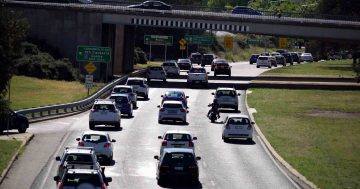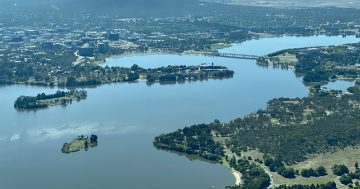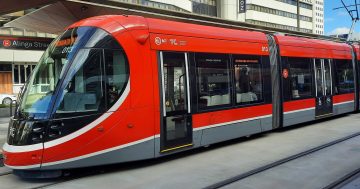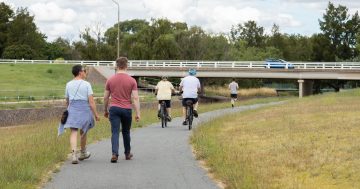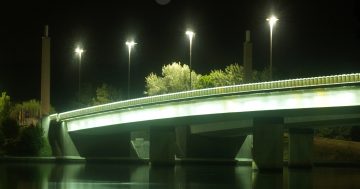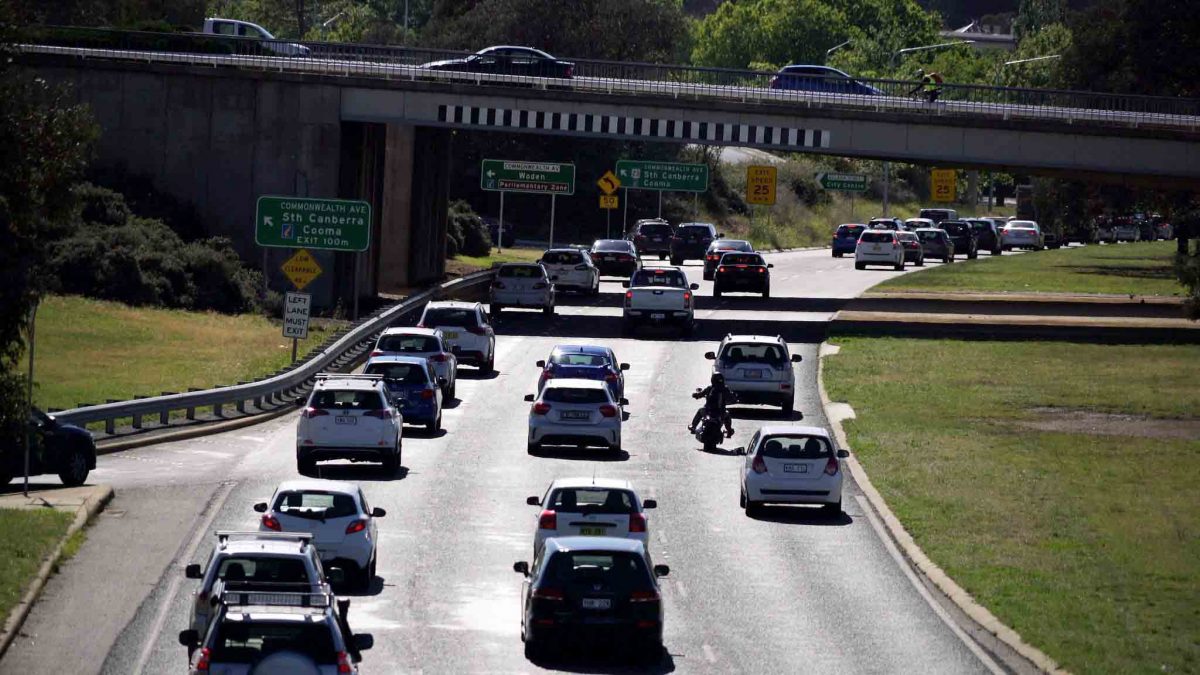
A 2013 report to the ACT Government lowering Parkes Way would deliver a “windfall” which could have paid for the project. Photo: ACT Government.
The ACT Government was told almost a decade ago lowering Parkes Way could create a “windfall” which would more than makeup for the cost of the project, a recently released report has revealed.
A 2013 report, released under Freedom Of Information laws, said moving Parkes Way could create 25 urban blocks and estimated around 150 dwellings a year could be sold over a five to seven-year period.
The Hill Thalis Architecture report estimated the cost of moving Parkes Way – along with works on Commonwealth Avenue and West Basin – would have cost around $210 million at the time.
But it was estimated the sale of the land would return $386 million to the government over a five-year period.
The report was commissioned as part of the government’s ‘Linking City Centre to the Lake’ urban strategy.
“Parkes Way along Canberra’s lake shore is the legacy of another time and other priorities,” the report stated.
“In the 1950s Professor Sir William Holford’s reworking of Canberra was based on the precepts of post-war planning; zoning, separation of uses, a detached monumental centre, suburban expansion and motorways.
“These positivist interventions were completely at odds with the Griffins’ conception of a gentle urbanity; a memorable landscape setting, compact blocks, a civic spine, and continuous access to a lakefront marked by distinct urban and landscape places.”
The report said “progressive” cities were beginning to reverse their reliance on the car and “their motorway-dominated ways”.
“They have learnt that giving outright priority to the boundless demands of the car is too great a price to pay,” it read.

Walter Burley Griffin’s original plans for Canberra never envisaged a road like Parkes Way. Photo: File.
An east-to-west highway was never included in Walter Burley Griffin’s plans for the city.
The first section of what is now one of the city’s only east-to-west arterial roads opened to traffic in 1961. Subsequent sections opened in 1963 and 1979.
Last year, convenor of housing advocacy group Greater Canberra, Howard Maclean, described Parkes Way’s position as creating a “big problem” in terms of urban design.
He advocated for the road to be buried and turned into an underground tunnel.
“[The road] and its cloverleaves take up too much space and cut the city off from the lake,” Mr Maclean explained.
“It means people who are in the city can’t easily use the lake and Commonwealth Park without having to go over one of those narrow pedestrian bridges or hopping in the car.
“This problem will always persist so long as Parkes Way is there. It’s not going away in 50 years and it’s not going away in 1000 years unless something is done.”
Plans to do anything with the road have largely been abandoned by the Territory government, which generally cites the cost of doing so as a major impediment to its success.
A 2014 report put the price of moving Parkes Way as high as $460 million.
The subject recently resurfaced as part of debates about building a city stadium or convention centre on the Civic Pool site.
Chief Minister Andrew Barr has argued the cost of moving Parkes Way by 12 metres, which would be necessary for a city stadium on that site, could cost up to $140 million.
Nonetheless, a group of tourism, business, hospitality and sporting bodies have relaunched a bid to build a new stadium and convention centre on the pool site.
A spokesperson for the government told Region last year there were no plans to lower the road nor create a tunnel.












